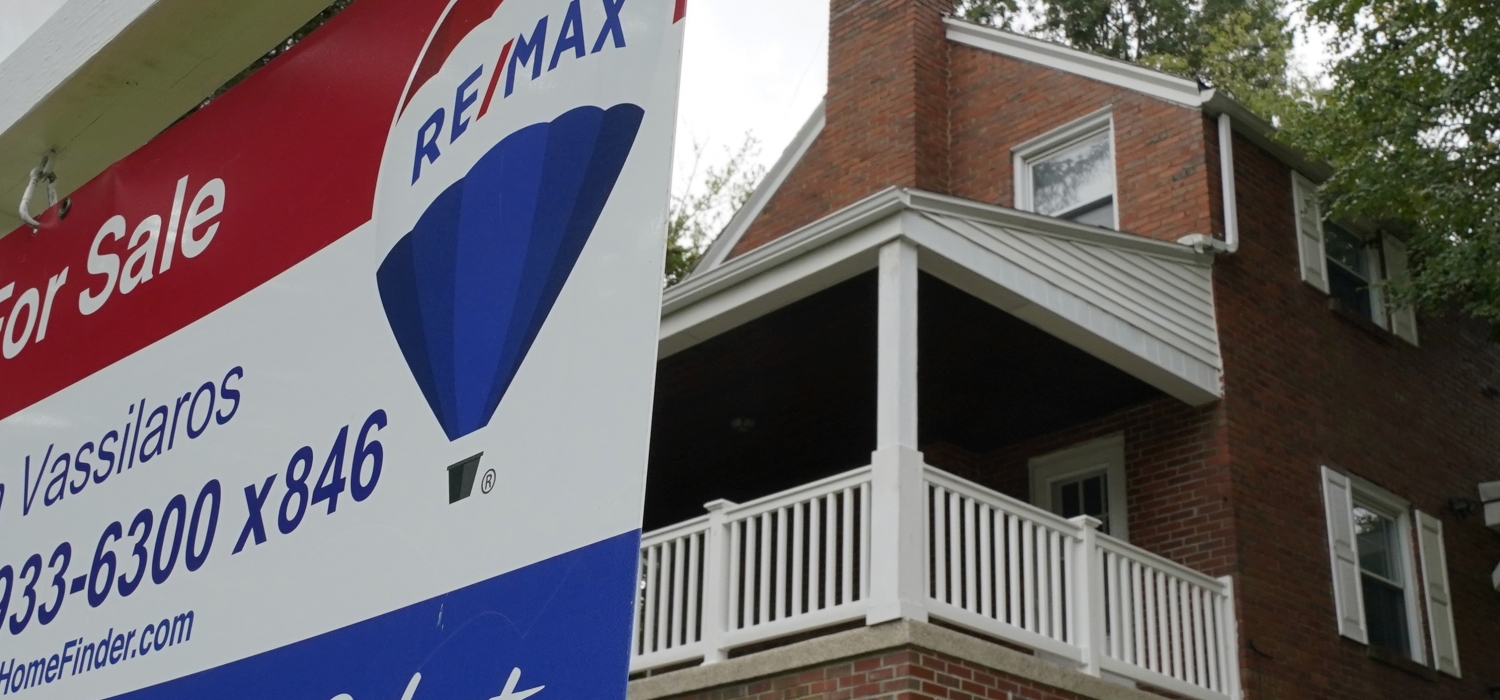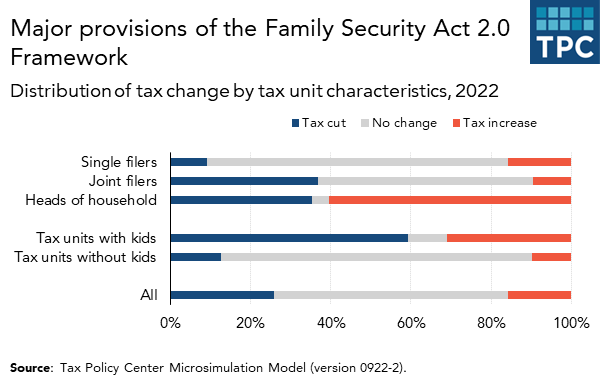Biden’s Homebuyer Tax Credit Has Potential But Can Be Improved
A tax credit for first-time homebuyers could be an important step towards restructuring the way the US subsidizes home ownership. But the version President Biden included in his 2025 budget misses an opportunity by being temporary and by retaining the current mortgage interest deduction (MID).
A far better plan: Make the homebuyer credit permanent and repeal the MID, which currently benefits only a small number of mostly high-income homebuyers at a high annual cost.
Different Subsidies
There are two fundamental differences between the mortgage deduction and a homebuyer tax credit.
The first is what activity is being supported: In principle, the homebuyer credit encourages people to purchase homes, whereas the MID subsidizes those who borrow to purchase a house. And under current law, it really only subsidizes those who borrow a lot.
The MID has no value unless a homeowner itemizes tax deductions. And since the Standard Deduction is $29,200 for joint filers this year, only about 8 percent of all US households claim the MID. And the vast majority of them are high-income filers with large mortgage debt.
Who Benefits
TPC estimates that in 2022, about 5 percent of middle-income households claimed the MID, and their average tax benefit was $50. By contrast, 61 percent of the highest-income 1 percent of households (those making about $1 million or more) deducted mortgage interest. They received an average tax benefit of about $4,300. Overall, nearly half the benefit of the mortgage deduction went to households making about $400,000 or more.
Not only is the deduction regressive, but it doesn’t do much to increase home ownership. More likely, it increases demand for more expensive homes, raises housing costs, and encourages debt rather than equity ownership.
For all these reasons, a decade ago, my TPC colleague Gene Steuerle and co-authors explained why a well-designed homebuyer’s credit is better than the MID.
How The Biden Credit Would Work
Biden would create a refundable credit of up to 10 percent of the purchase price of a new home, up to $10,000. It would be available for homes purchased only for two years and could be claimed in two $5,000 increments. (For details, see pages 115-119 here)
The credit would begin to phase out for home buyers with modified adjusted gross income of $100,000 and end at $200,000.
If buyers move within three years, they’d have to return the credit to the Treasury unless they buy another qualified home. But if the goal is to encourage home ownership, rather than home purchases, the subsidy should be spread out over a much longer period.
To try to increase the number of homes on the market, Biden would pair the buyer’s credit with a seller’s credit. The credits would have similar eligibility rules, though the seller’s credit would be unavailable for homes that sell at more than the area’s median price.
According to the Treasury Department, the homebuyer credit would reduce federal revenues by $12 billion in 2025 and $14 billion in 2026. The seller’s credit would cost about $16 billion in 2025.
History
A permanent credit targeted to first-time homebuyers could be an excellent replacement for the MID, but a temporary credit like Biden’s could either drive up prices or create a land rush where people scramble to buy a house just before the credit expires.
That’s what happened the last time Congress tried this, in 2008 and again in 2009. The 2008-2010 temporary homebuyer’s credit was a response to the housing crash and the Great Recession that followed. Homebuyers could claim up to $7,500, raised to $8,000 for 2010.
What happened? Home sales rose during the life of the credit, then fell. For instance, sales hit 446,000 in April in 2010. In May, as soon as the credit expired, they plummeted to 300,000, the lowest level in four decades before rebounding.
At the time, the problem was high inventory. The problem today is low inventory, though it has been increasing in recent months. Proponents of Biden’s version argue that falling interest rates would help avoid a dip in sales when the credit expires, even as it alleviates the cost of becoming a homeowner now.
But not only was the temporary nature of the credit a problem, so was administration. The subsidy turned out to be a magnet for fraud, in part because the IRS could not keep track of what happened to homes purchased with the credit. Biden’s new proposal includes several provisions aimed at reducing scams, but enforcement won’t be easy.
Better Options
There are alternatives. In 2020, presidential candidate Biden proposed a $15,000 homebuyer credit, though he never pushed it in his first term. Until now.
And, while it does not replace the MID, a permanent $15,000 credit has been introduced by four congressional Democrats. It would be available only to low- and moderate- income buyers and for homes that sell for no more than 110 percent of the area median.
I get it: It is another election year and Biden wants to campaign on a plan to increase home ownership, especially for first-time buyers. And a temporary credit makes the 10-year cost appear relatively low, which is politically useful at a time of high deficits. But the country would be better off if he scrapped the MID entirely and replaced it with a permanent, better-designed credit.






